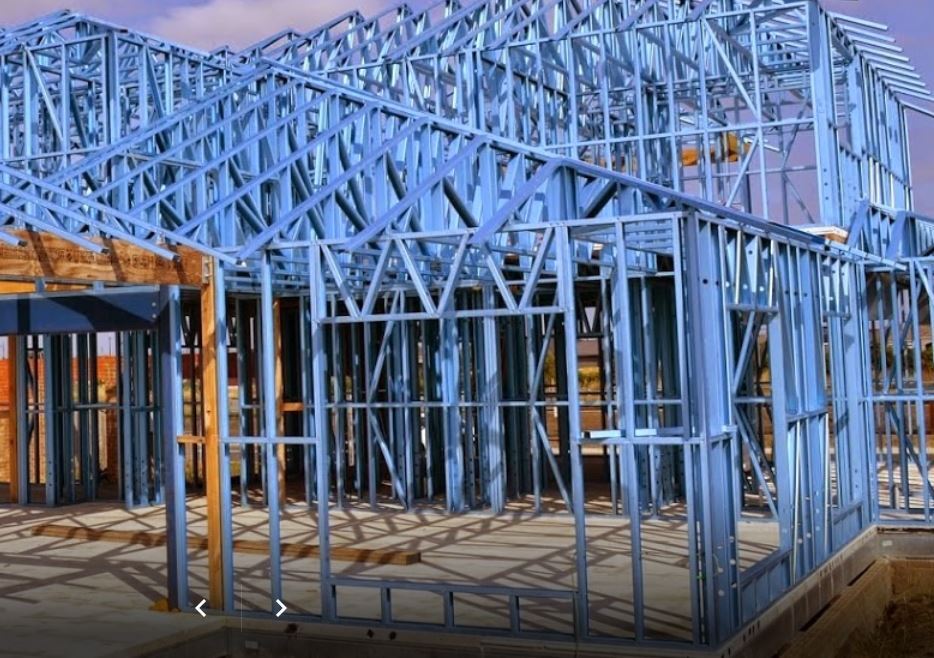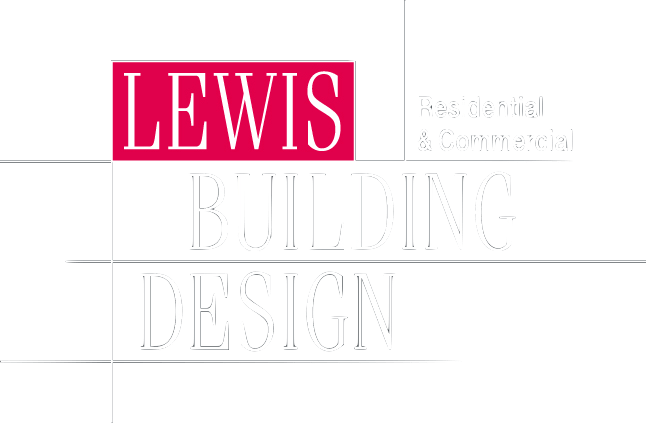Do you go with a tried and tested wood frame on your next building project, or would the relative newcomer steel frame be a better choice? Each has its strengths, but there are arguments against each material that are worth considering. Ultimately, it will come down to your goals as to which framing material will make the better choice.
Knowing more about the pros and cons of steel frames versus wood frames will give you a better understanding of how each stacks up against the other so you can make an informed choice.
Timber Framing Pros and Cons
Timber is the tried and tested choice in framing we’ve been using in construction for hundreds, if not thousands of years. It’s reliable, renewable, and can last for several lifetimes, but it’s not perfect.
Timber Framing Pros
Timber frames have a lot going for them. Here are just a few of the reasons timber will make an excellent choice for your building project.
-
Thermal Mass
Timber-framed buildings are more straightforward to insulate than their steel counterparts. Wood resists temperature changes and is a natural insulator. It will gradually absorb heat through the day and slowly radiate it out at night, and it doesn’t require thermal barriers like steel frames do.
-
Timber Can be Changed on Site
Timbers is incredibly versatile. If changes are made to the plan during construction, there’s a good chance it won’t completely blow out the budget. Builders can quickly trim and shape timber to accommodate changes or modifications to the plan without going back to the drawing board.
-
Timber Can be a Sustainable Building Supply
When you need more timber, you can grow more trees, making it one of the most sustainable building resources on the planet, providing it is used appropriately. Wood does absorb and store carbon, but it’s vital to apply caveats to this feature of timber, as it only stores carbon temporarily and will eventually release it back into the environment.
-
You can Save Time and Money with Pre-Fabricated Timber Frames
You can speed up building and reduce costs through prefabrication, which timber is ideally suited to. The frames are created in a factory and transported in a semi-complete state. Once they reach the site, they are ready to bolt together, significantly reducing time and money spent on a project.
Timber Framing Cons
Timber is a fantastic building resource, but it’s not perfect. Keep these timber framing cons in mind when considering your building requirements.
-
Timber Frames Need Straightening
Straight walls are critical to a quality build. The property looks better, but it’s also easier for everyone involved, such as plumbers, electricians, and plasterers. Timber frames need to be straightened to ensure that everything goes smoothly down the line, but it’s best done in good weather. A wall exposed to multiple cycles of wetting and drying will be difficult to straighten and could extend the project’s deadline if there is a spate of bad weather.
-
Risk of Termites and Flooding
Timber frames are susceptible to termites without adequate pest control treatments. They can also fall victim to wood rot if the roof develops a leak or severe flooding. However, the versatile nature of woods means there is a good chance that many of these problems can be repaired. If a timber frame absorbs moisture, mould and fungi could grow and eventually cause health problems for the residents.
Steel Framing
Steel framing is a relative newcomer to the building industry but has many attractive qualities that make it worth considering. Here are a few things to think about when deciding between steel and timber framing.
Steel Framing Pros and Cons
Steel is strong, durable, and while not a renewable resource, steel frames are 100% recyclable when the property reaches the end of its useful life, which will be some time down the track.
Steel Framing Pros
 Steel has many features that make it a practical choice in a building project, but as with anything, you need to look at it from all angles to make the best decision. Here are some steel framing pros that may mean it’s a better choice than timber frames for some building projects.
Steel has many features that make it a practical choice in a building project, but as with anything, you need to look at it from all angles to make the best decision. Here are some steel framing pros that may mean it’s a better choice than timber frames for some building projects.
-
Termite Proof
Termites are voracious eaters of wood, but they can’t chew through steel. Termites will never be a problem as far as your framing goes, but they may take up residence in other areas of your property that are made from wood, so it pays to be vigilant regardless.
-
Steel Frames Stay Straight and Square
Unlike timber, you won’t have the time and costs associated with straightening because steel will always stay straight and true.
-
Prefabrication Advantages
Steel frames are prefabricated based on the house plans, which means that all the necessary holes are pre-punched for all the fixings and cabling. There’s no time lost waiting for carpenters to get the frame ready for the plumbers and electricians.
-
Steel Has a High Strength to Weight Ratio
Steel has a higher strength to weight ratio making for sturdier construction. It also weighs about a third of an equal volume of timber. These features often make steel frames easier to work with and speed up construction times. The health and safety of workers may also be improved by using a lighter, stronger building material. You also receive a 50-year structural warranty on steel frames.
Steel Frame Cons
Steel frames are a fantastic resource, but like timber, they have some negative qualities you will need to factor into your decision when choosing between timber versus steel frames.
-
Difficult to Modify on Site
Once a steel frame has been created from a plan, it’s a complicated and expensive process to make any modifications on-site and may even be impossible without going back to the drawing board. You need to be very sure about your design when working with steel frames.
-
Cost
Steel frames are more expensive than similarly sized timber frames. Timber is plentiful and used everywhere in the building industry, while steel is still is not used as often and needs to be put together by experienced framing specialists.
-
Steel is Labour Intensive
A high amount of energy and labour goes into steel production, which has an environmental impact and leaves a large carbon footprint. Working with steel frames is also labour-intensive, so tradies will often charge more for working with them.
-
Fixings to Steel
Fixing items to a steel frame can be done, but it’s not as straightforward as fixing to timber. You can still mount items on gyprock just as you would a timber frame. However, fixing to a steel frame means you will have to drill into the steel, which can make mounting heavy items like televisions more problematic.
-
Risk of Rust
Timber doesn’t rust, but it can rot. Steel won’t rot, but it can rust. Steel frames are galvanised against rust at the factory. However, if the frame is scratched, cut, or drilled after manufacture and exposed to moisture, rust can take hold and compromise the structural integrity if left untended. The problem of rust is even more problematic in coastal towns with their salty sea air.
So, which option is best, timber or steel? Both are great building products, so in the end, it will be up to personal choice and design considerations that will make one a clear winner over the other.


